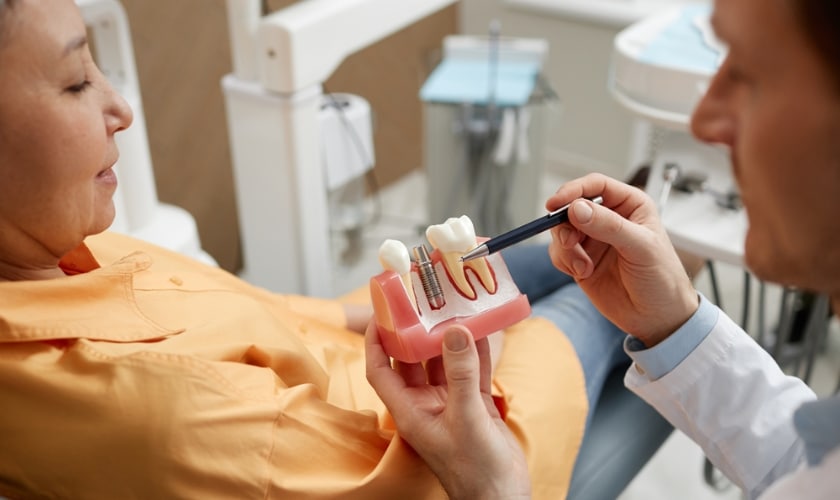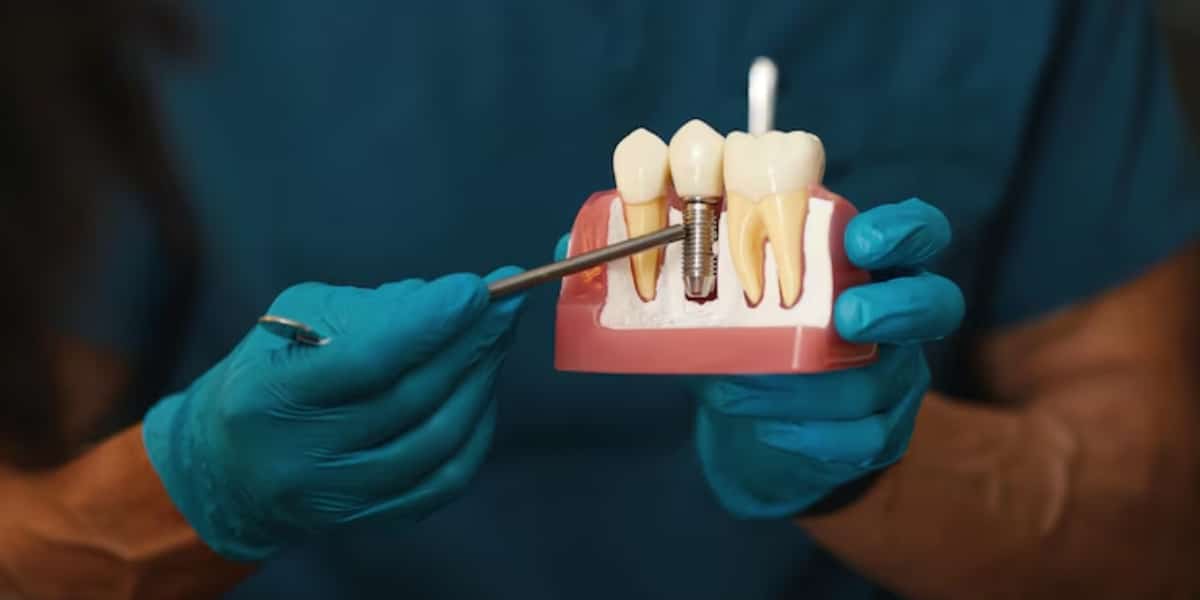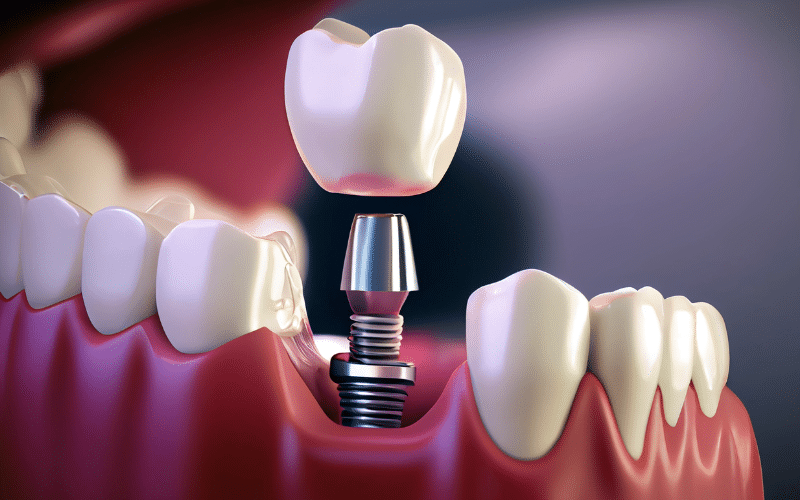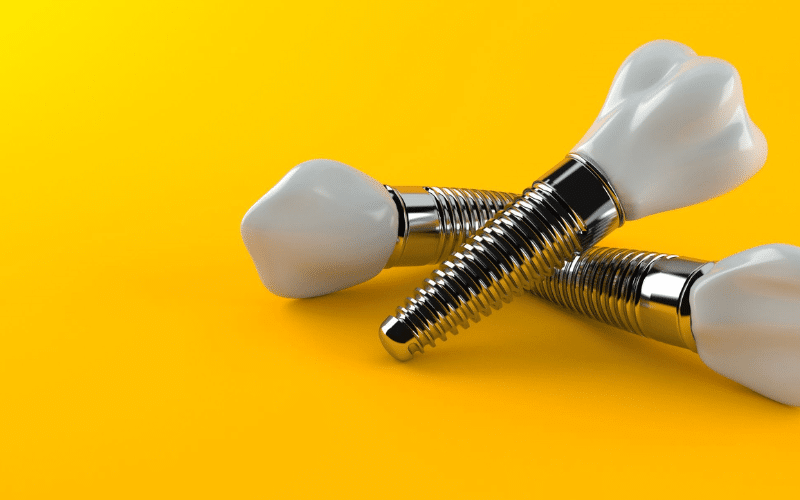How Many Days Should You Rest After Getting A Dental Implant? Rancho Cucamonga, CA

Dental implants are a popular and effective solution for replacing missing teeth, providing both aesthetic and functional benefits. However, successful recovery from a dental implant procedure requires proper post-operative care and adequate rest. Knowing how long to rest after getting a dental implant is key to ensuring a smooth healing process and a successful outcome.
In this blog, we will discuss the recommended rest period following a dental implant, covering immediate post-operative care, stages of healing, and activities to avoid. These insights will help you navigate your recovery process effectively, whether you’re preparing for the procedure or have already undergone it.
What Should You Know About the Dental Implant Procedure?
A dental implant acts as a substitute for a missing tooth root, offering a strong base for a replacement tooth that looks and functions like a natural tooth. The procedure includes several key steps:
- Consultation and Planning: Your dentist assesses your oral health and formulates a customized treatment plan.
- Implant Placement: A titanium post is surgically inserted into your jawbone, serving as a new tooth root.
- Healing and Osseointegration: Over several months, the implant integrates with the jawbone, ensuring stability.
- Abutment Placement: Once healing is complete, an abutment is attached to the implant, connecting it to the new tooth.
- Crown Placement: A custom-made crown is fitted onto the abutment, completing the restoration.
Immediate Post-Operative Care
Following your dental implant surgery, you might experience some swelling, mild discomfort, and minor bleeding. Proper care and rest immediately after the procedure are essential for a smooth recovery:
- Initial Rest: Aim to rest for at least 48 hours post-surgery to allow the implant site to settle.
- Avoid Intense Activities: Refrain from heavy lifting and vigorous exercise, which could increase blood flow and disrupt healing.
- Manage Discomfort: Use ice packs on your face near the implant area for 15 minutes at a time. Take prescribed pain medications as directed.
- Dietary Adjustments: Stick to soft foods and avoid hot, spicy, or crunchy items that could irritate the implant site.
- Oral Hygiene: Rinse gently with salt water, but avoid brushing the implant area immediately.
Recommended Rest Period
The ideal rest period after a dental implant generally ranges from a few days to one week. This allows the body to begin the healing process and ensures the implant settles correctly. Here’s a general timeline:
General Guidelines:
- First 48 Hours: Rest completely and avoid strenuous activities.
- 3 to 5 Days: Gradually reintroduce light activities, but continue to avoid heavy lifting or vigorous exercise.
- One Week: Most patients can resume their normal routines, but it’s important to follow your body’s cues and your dentist’s advice.
Factors Affecting Rest Period:
Several factors can influence your recovery time:
- Age: Older individuals may experience slower healing and may need more time to recover.
- Health Conditions: Pre-existing health issues, such as diabetes or immune system disorders, can extend the rest period.
- Implant Location: Implants placed in areas with less bone density or more complex positioning may require longer healing.
- Number of Implants: Multiple implants can increase recovery time.
- Lifestyle Factors: Avoid smoking and alcohol, as they can hinder the healing process.
Stages of Healing
The healing process for dental implants occurs in phases, and understanding these can help you monitor your recovery:
- First 48 Hours: Expect some swelling, mild discomfort, and minor bleeding.
- 1 to 2 Weeks: Swelling and discomfort should significantly decrease.
- 3 to 6 Months: Osseointegration (the fusion of the implant with the jawbone) takes place, which is crucial for implant stability.
Signs of Normal Healing:
- Reducing pain and swelling
- Minimal or no bleeding
- Gradual return to normal function
Signs of Complications:
- Persistent or worsening pain
- Excessive bleeding
- Signs of infection (fever, pus, severe swelling)
Activities to Avoid During Recovery
To ensure proper healing, avoid certain activities that could stress the implant site:
- Strenuous Exercise: Steer clear of heavy lifting and intense workouts for at least one week.
- Smoking and Alcohol: These can interfere with healing and increase the risk of complications.
- Hard or Chewy Foods: Stick to soft foods to prevent putting undue pressure on the implant.
Recovery Tips
- Rest: Prioritize getting plenty of sleep to support your body’s healing process.
- Hydrate: Drink plenty of water to stay hydrated and promote recovery.
When to Resume Normal Activities
Resuming regular activities should be done carefully:
Indicators for Resuming Activities
- Pain and swelling have significantly reduced.
- The implant site shows no signs of movement or complications.
- Your dentist has approved the resumption of normal activities.
Gradual Reintroduction
- Light Exercise: Begin with gentle activities like walking or stretching after the first week.
- Moderate Activities: Gradually increase intensity while avoiding any discomfort.
- Full Routine: Return to your full physical activities only after complete healing and approval from your dentist.
Adequate rest after a dental implant is crucial for a successful recovery. By adhering to the recommended rest periods, avoiding certain activities, and monitoring your healing process, you can ensure a smooth transition back to your regular routine. Always consult with your dentist to ensure that you are on track for optimal recovery and long-term success with your dental implant.





